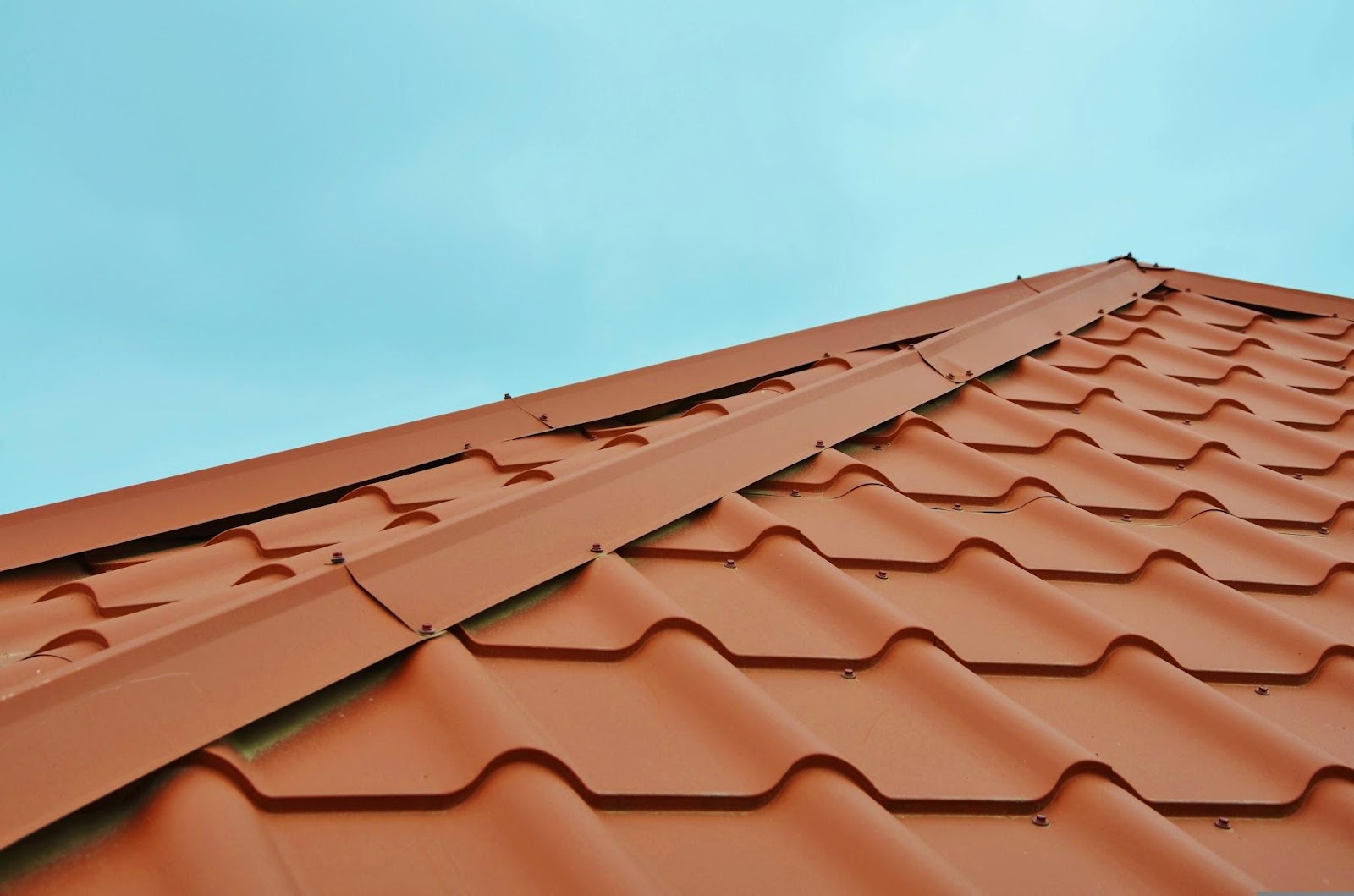From Snow Loads to Sun Exposure: Roofing Services That Fit Your Area
Roofing safeguards your home from natural elements for both durability and aesthetics. Different geographical areas face unique weather challenges, mandating that roofing solutions are tailored to those specific conditions.
From heavy snowfall in northern climates to intense sun exposure in sunnier regions, understand how your environmental context influences roofing needs. If you employ the right materials and techniques, you can improve the lifespan and functionality of your roof. Keep reading!
Select the Right Roofer
A skilled roofing contractor can provide proper installation and maintenance of your roofing system. Look for contractors with solid industry reputations, verified licenses, and comprehensive insurance policies to protect against any liabilities. Check online reviews and ask for references to give insight into the contractor’s reliability and quality of work.
Contractors that provide warranty packages demonstrate confidence in their services and the materials they use. A good roofing contractor will conduct thorough assessments of your roof and offer recommendations tailored to your specific environmental challenges. Collaborating with professional contractors like East Penn Roofing Contractors can promote a deeper understanding of regional challenges. Invest time in choosing the right contractor to maximize your roof’s lifespan and performance.
Regional Weather Challenges
Climate varies across regions and impacts the choice of roofing materials and installation techniques. In areas prone to heavy snowfall, roofs must be designed to handle the extra weight, preventing structural damage or collapse. Metal and slate are preferred for their strength and durability; steep slopes can facilitate snow runoff and minimize accumulation. Regions experiencing frequent rainfall must prioritize waterproofing and drainage, employing asphalt shingles or tiles that effectively resist water penetration.
Sun exposure presents a challenge in hotter climates where UV radiation degrades roofing materials over time. Reflective roofing systems can deflect harmful rays, keep homes cooler, and reduce energy costs.
Quality Roofing Materials
The choice of roofing materials influences a roof’s longevity and effectiveness. High-quality materials can resist wear and tear due to extreme weather and offer aesthetic charm and value. Asphalt shingles are a popular option due to their affordability and adaptability, and they are suited for various climates. Metal roofing is lauded for its durability, energy efficiency, and ability to withstand severe weather conditions. In regions with heavy rainfall, clay and concrete tiles are excellent choices since they provide superior waterproofing and longevity.
Homeowners should consult with roofing professionals, who can advise on the best materials that align with the environmental challenges specific to their area. Understanding the advantages of different roofing materials allows homeowners to invest wisely so that their roof remains resilient for years to come.
Roof Design and Architecture
In roof performance, design is closely connected to the climate. Flat roofs are popular in arid regions and face challenges concerning water drainage and heat absorption. Pitched roofs are ideal for snowy regions as they enable efficient snow shedding, which reduces risks associated with heavy loads.
The architectural style also influences the roofing materials chosen; some styles blend better with specific materials and add to aesthetics. The incorporation of overhangs and ridges also directs water away from the foundation. Reflective coatings on roofing materials can mitigate heat absorption and extend the roof’s lifespan. Experienced roofing contractors guarantee that these architectural nuances are thoughtfully considered, resulting in a successful roofing project that aligns with local weather phenomena.
The Role of Roof Maintenance
Regular roof maintenance extends the life of your roofing system. Standard practice includes inspecting for loose or damaged shingles, debris accumulation, and checking gutters for blockages. Homeowners should schedule professional inspections, especially following severe weather incidents, to address potential issues before they escalate. For homes in areas with heavy snowfall, this might include clearing snow accumulation to prevent damage caused by excess weight.
Maintain your roof and keep an eye on interior signs like stains or water damage on ceilings, which could indicate roofing issues needing urgent attention. Homeowners protect their investment and preserve the integrity of their home. This proactive approach to roof care can prevent major problems from developing so that your home remains safe and comfortable for its inhabitants.
The Future of Roofing Technology
Emerging technologies offer innovative solutions for homeowners. From advanced materials designed to improve energy efficiency to drone inspections, the future looks promising. Green roofing systems are gaining attention for their environmental benefits and aesthetic appeal. These systems utilize living vegetation to absorb rainwater, provide insulation, and reduce urban heat.
Solar panel integration is becoming a standard practice, allowing homeowners to harness renewable energy directly from their roofs. Smart roofing technology, such as monitoring systems that alert homeowners to potential issues, illustrates how advancements in technology are improving roof maintenance and sustainability.
As these technologies become commonplace, they provide homeowners with more efficient, durable, and sustainable options for protecting their homes from diverse environmental challenges. Preventing issues through timely action ensures your roofing solution remains robust against nature’s forces.





